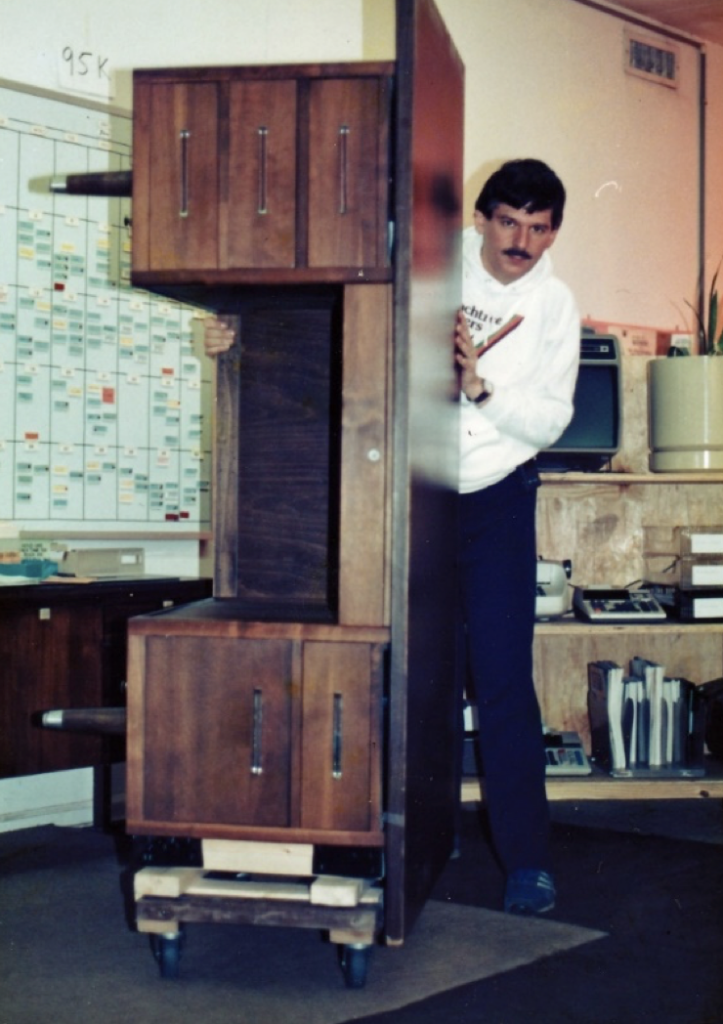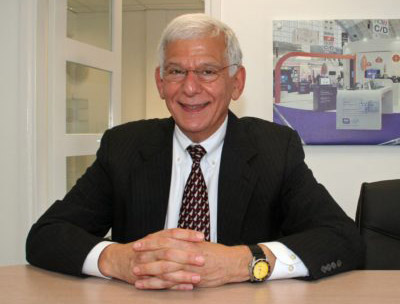- If you’re not growing your business, it’s only a matter of time before you’ll be OUT of business. Even if your company has a steady flow of residual revenue at the moment, it makes sense to look for ways to grow. What I’m about to share is based on my experiences in the moving industry but the lessons I learned (mostly the hard way!) are universal.
In my industry, one of the most common ways to increase revenue is for a residential (household goods) mover to expand into office moves. What typically happens is that the residential moving company president, owner or general manager hires a big office and industrial (O&I) producer from a competitor so that he or she will bring along big clients. Unfortunately, there is little similarity between residential and O&I moving, operationally, which can lead to some major problems. For example:
- Unless the residential moving crew is proficient in moving office furniture to and from the truck using the bucket brigade and keeping the furniture on the dollies on the floor of the truck, the moves probably won’t finish on time for the price quoted.
- Fatigued movers are more likely to sustain injuries, increasing workers comp claims
- Inexperience can result in damage to furniture, computers, copiers, and real property such as doors, elevators, and walls.
The best way to diversify into office moving is to build it from the ground up—slowly, deliberately, and one step at a time—keeping in mind that if your main residential revenue stream occurs between April and September, start training during your prime season so that you can launch your O & I “adventure” as soon as residential slows down.
Three Ways to Learn the Business
In my decades of experience in the moving industry, I’ve learned that there are three ways to learn the O&I business.
- The School of Hard Knocks. This is obviously the worst way, and of course it’s the one I chose when I first started out. I didn’t know what I didn’t know, so I made every mistake available in the office moving business. For example, when I first started, I used my residential formula for estimating office moves and added 10% to the time and cost for each elevator and long carry. When this formula proved worthless, I then copied other movers’ method of bidding per truckload, which turned out even worse because we were bidding the competition and not the jobs. Moves still didn’t finish on time for the price quoted. As a result, we had trouble collecting what we billed. Needless to say, I DO NOT recommend this method!
- Work for an Experienced O&I Mover. A better way to learn the business is by working for another mover who has a stellar reputation for consistently estimating jobs accurately and finishing them on time for the price quoted with little or no damage. If you’re lucky enough to get an internship at such a place, you should plan on working in all their departments—marketing, sales, customer service, and operations for at least two years so that you can master the business.
- Enroll in Formal Training. The best way to diversify into office moving is to enroll in formal training so that you learn the best practice methods for sales, customer service, and all aspects of operations. You could hire an O & I consultant or search the internet for training.
Building Your Book of O&I Business: Go Small!
Once you’re trained, I urge you not to chase large moves that appear to have high revenue dollars. Instead, build your brand, get your experience, and make good profits by doing smaller moves. Bid on internal moves (one side of the floor to the other or floor to floor within the same building) or one or two truckload “load and go” moves. This business model will enable you to charge a premium price when you render a premium service. Even if you charge double the competition on smaller moves, you’ll get the jobs if you consistently estimate accurately, finish them on time for the price quoted, and minimum the risk of damage to their cargo and real property.
Smaller moves have other benefits, too. It’s easier to control the customer on a two-truck move, where fewer movers compete, than a 30-truckload move that everyone wants to bid on. Less competition is one of the reasons smaller jobs can have much higher profit margins than larger ones. Even if your bid is double percentage wise on a smaller move, the actual double dollar amount can be perceived as inconsequential to the prospect.
Another plus for you is that smaller moves are much more flexible to move at your convenience, where larger ones are not. What happens if at the last moment, the office space is not finished, and the move must be postponed? If it’s a large move and you have reserved all your resources for that job, a delay could result in little or no business for the previously scheduled weekend of the now postponed move. If your large customer announces that he must go the following weekend, you might already be at capacity for that date. Superimposing his large move on top of your existing full schedule could be disastrous.
Smaller moves, on the other hand, generally have flexibility and can be rescheduled at a time that doesn’t disrupt your existing schedule.
Finally—cash is king…it’s all about cash flow! Large moves can tie up your capital and draw down your line of credit, raising your cost of sales with the extra interest you pay on bank loans. With small moves, it’s easy to get a large down payment and/or make them C.O.D. Avoid negative cash flow: unless you can convert its accounts receivable into cash quickly, you can go out of business even with a positive net worth.
Grow with Your Clients
For the 24 years that I was at the helm of Peachtree Movers, in Atlanta, Georgia, we called ourselves a “boutique in the moving industry.” We chased the smaller moves and rarely bid on the giant ones. Did we ever do large moves? Of course, we did. When our small clients expanded, we grew with them. We did hundreds of thousands of square-foot moves for Dun & Bradstreet, Rockwell, MCI, JLL, Travelers, and others. However, we focused on the smaller moves that were rarely price-sensitive. This business model gave us a 50% gross profit margin after subtracting our labor, truck and equipment depreciation, packing material costs, and sales’ commissions.
Be sure to join our Group at https://www.linkedin.com/groups/12060567
For more information on our online office moving training, please visit
https://www.officemoves.com/training/index.html or call Ed Katz at 404.358.2172.

“Eddie” Katz—in the beginning—when he didn’t know what he didn’t know









